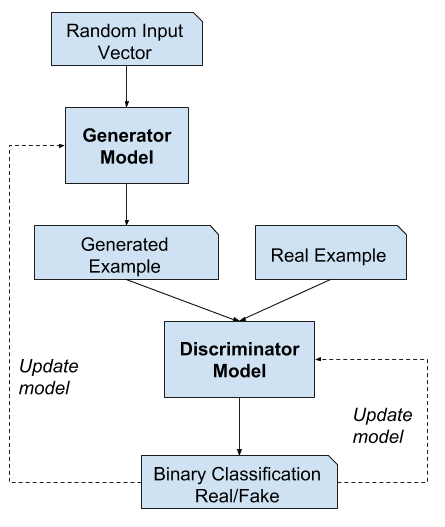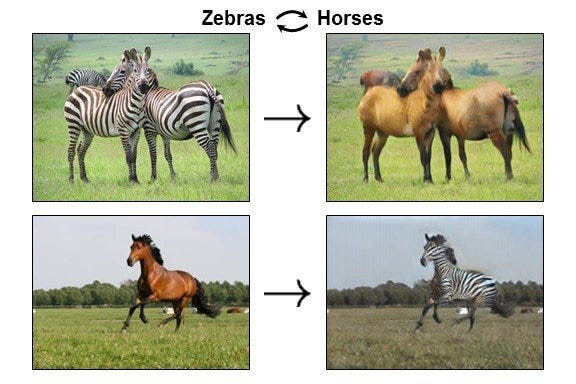Exploring Other Neural Network Architectures
5. Generative Adversarial Networks Part 1
Generative Adversarial Networks (GANs) are a type of generative model.
Unlike traditional neural networks that are designed for classification or regression tasks, GANs focus on the creation of new and realistic data. This paradigm shift introduces a fascinating dynamic where a network is not just a passive learner but an active creator.

This begs the question, how do GANs create things?
At the heart of a Generative Adversarial Network lies a unique architecture involving two distinct components – a generator and a discriminator.
The generator's role is to produce synthetic data, such as images, while the discriminator's task is to differentiate between real and generated data. In other words, the generator is trying to fool the discriminator.

This creates a dynamic interplay, a "game" between the two networks. As the generator improves, the discriminator adapts, and vice versa. This adversarial process drives the system toward the creation of increasingly realistic and indistinguishable synthetic data.
Improvements over traditional neural networks
Compared to traditional neural networks, GANs offer a novel approach to tasks by focusing on data generation rather than classification or regression. This distinction allows GANs to capture the intricate details and nuances of the input data distribution.
In image generation, for instance, GANs can produce images with realistic textures, intricate details, and diverse variations, overcoming the limitations of traditional models that might struggle with the complexity of real-world data.
Here’s one interesting application of GANs (we’ll explore more in the following lesson):
